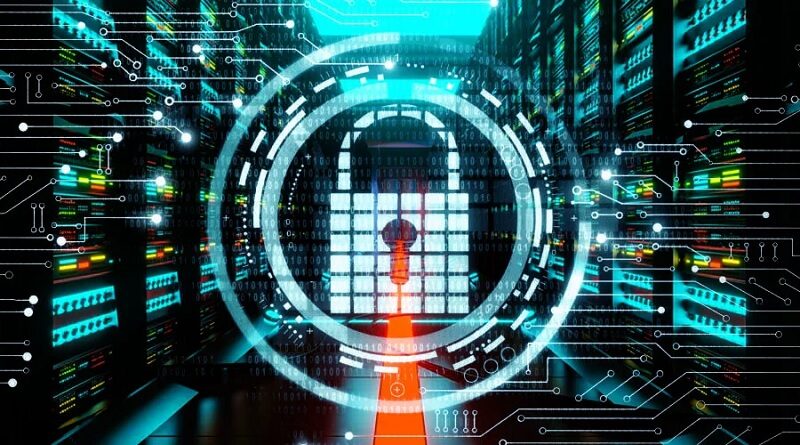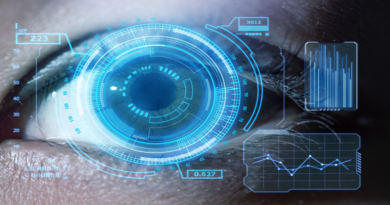HOW TO IMPROVE SECURITY IN DATA CENTRES?
Even if cloud computing is becoming more popular, there are still a lot of corporate data centers around, which makes them a very appealing target for cyber thieves and malevolent hackers.
The National Cyber Security Centre (NCSC) and the Centre for the Protection of National Infrastructure (CPNI) have collaborated to provide security guidelines to data center operators and users in order to assist secure data centers and the data housed within them.
There are various concerns that data center operators and users should consider in order to maintain appropriate security procedures and keep data safe and secure.
Risk Management
Both data center operators and users must be able to identify their resources, identify threats, assess risks, establish a preventive security strategy, and apply the necessary safeguards to guarantee that all of these concerns are addressed. These operations should also be examined on a regular basis because risks and threats can change.
Measures must also be put in place to ensure that services can be kept if a data center is attacked by an assault aimed to disrupt them. Risk management should be led by senior leaders in data center operators.
Resilience
Data centers must be resistant to a variety of risks and dangers. They must be resistant to hardware problems, power outages, and natural catastrophes, as well as denial-of-service (DDoS) attacks and other breaches. In the event of a power loss, for example, businesses must ensure that they have a reliable backup system in place.
People should also plan for the possibility that their cyber defenses could be hacked at some point, and the know-how they will identify and respond to attacks in order to mitigate the impact of cybersecurity incidents.
Geography and Ownership
It is critical for businesses to understand where their data is stored, especially if cloud-hosting providers are located all over the world. The NCSC warns that keeping data with service suppliers that host computers in China and Russia may pose a risk due to access rules in those countries.
Physical Perimeter and Buildings
Data centers are not just vulnerable to cyberattacks; they are also vulnerable to physical attack or sabotage. Data centers should have physically secure perimeters created to keep unauthorized people out and make it difficult for anybody without authority to access the server rooms. Physical security systems, CCTV, and alarms, among other things, should be installed to detect intruders and keep them out.
People
People with the correct training can become a powerhouse for security. Employees and consumers who are informed of potential cyber threats can assist in identifying and disrupting potential cyberattacks, and a strong security culture throughout the organization can lower the chance of insider threats becoming a disaster. For data center customers, it is critical that the data center provider show the policies and protocols to verify that its people function securely.
Supply Chain
Cybersecurity flaws can enter the software supply chain at any point, especially if critical services like data centers and storage are obtained from third-party vendors. As numerous examples have demonstrated, cyber attackers can compromise suppliers and utilize them to obtain access to their customers’ networks. It’s critical to understand the potential dangers in the supply chain, as well as to study who the supplier is and what their security structure looks like – and to have a strategy in place in case something goes wrong.
Cyber
It’s vital to remember that data centers are attractive targets for cybercriminals and nation-state-sponsored hackers. The goal of many assaults is to steal or even destroy data. Those in charge of their organization’s data centres should plan for the possibility of a successful cyberattack and take efforts to guarantee problems are recognized and minimized.




